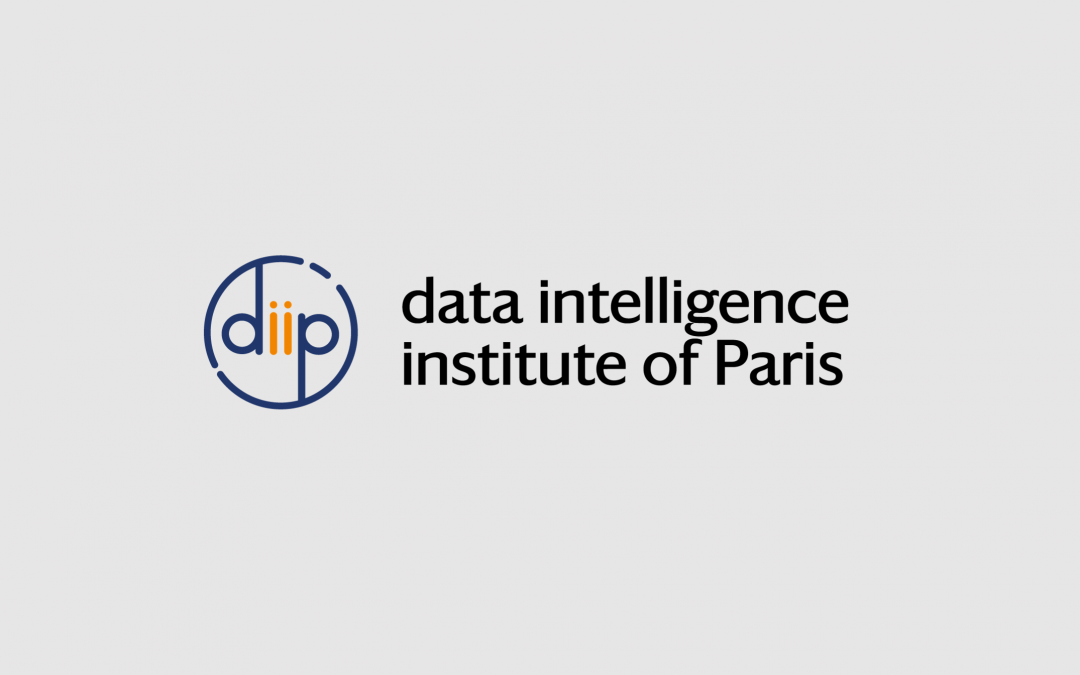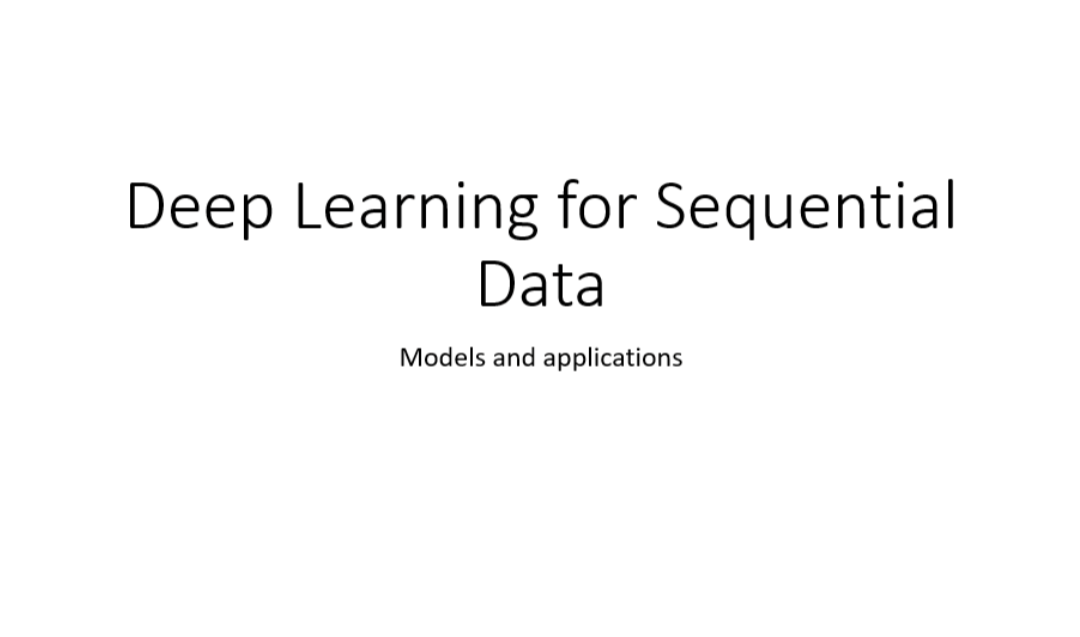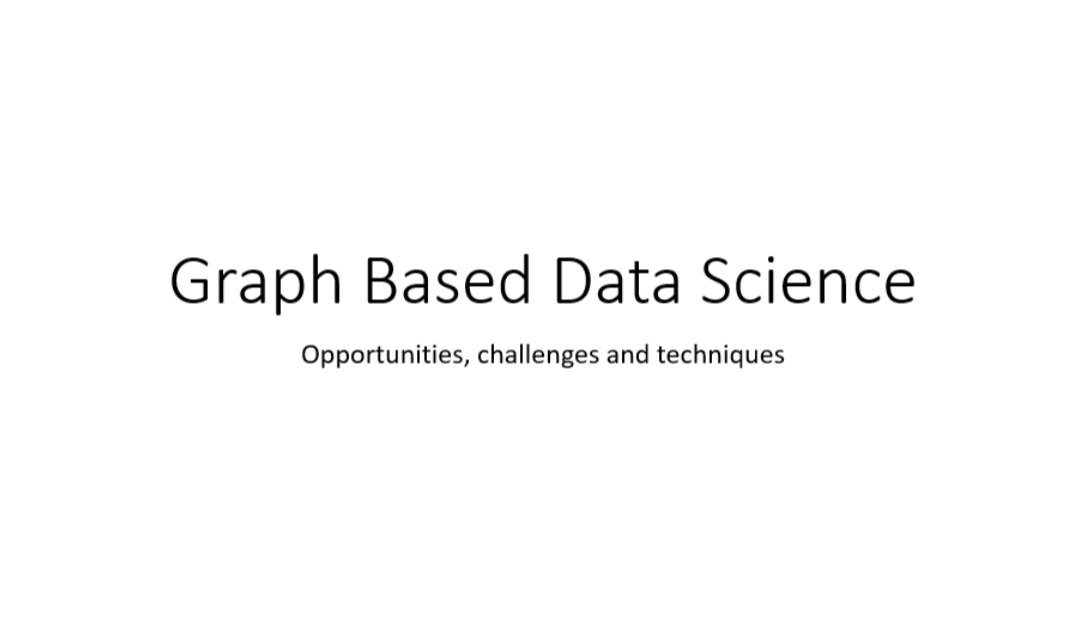Foula Vagena
December 15, 4pm
online (zoom)
Abstract
Ensemble learning is the process by which multiple models, such as classifiers or experts, are combined to solve a particular computational intelligence problem. Ensemble learning is primarily used to improve the (classification, prediction, function approximation, etc.) performance of a model, or reduce the likelihood of an unfortunate selection of a poor one. By strategically combining multiple models one can produce a new predictive model with reduced variance, bias and improved predictions. In this tutorial we will explain the bias-variance tradeoff and describe how popular ensemble techniques (such as bagging, boosting, stacking etc) handle it. We will conclude the tutorial with an illustrative prediction task using various ensemble models.
The Hands-On Workshop will focus on examples of ensemble models.
References on the Booster subject as recommended during the seminar:
- Boosting book: https://mitpress.mit.edu/books/boosting
- XGBoost paper: https://arxiv.org/abs/1603.02754
Dr Foula Vagena
(Université Paris Cité, diiP)
Zografoula Vagena is a research associate at the Data Intelligence Institute of Paris (diiP) and affiliated with the Université Paris Cité. She has been a data science researcher and practitioner for over ten years. She has worked on different analytics problems including forecasting, image processing, graph analytics, multidimensional data analysis, text processing, recommendation systems, sequential data analysis and optimization within various fields such as transportation, healthcare, retail, finance/insurance and accounting. She has also performed research in the intersection of data management and analytics, and was a primary contributor of the MCDB/SimSQL systems that blended data management with Bayesian statistics. She holds a PhD in data management from the University of California, Riverside.
Other seminars

Shen Liang – Knowledge-guided Data Science
Shen LiangMay 18, 4 PM online (zoom) linkedinAbstract This tutorial presents an overview of knowledge-guided data science, a rising methodology in machine learning which fuses data with domain knowledge. We will present numerous case studies on this methodology...

Shen Liang – Deep Transfer Learning and Multi-task Learning
Shen LiangJune 15, 4 PMonline (zoom) linkedinAbstract This tutorial provides an overview of two important and correlated (in many cases intersectional) topics in deep learning: transfer learning, and multi-task learning. Transfer learning focuses on...

Foula Vagena – Deep Learning for Sequential Data: Models and Applications
Foula VagenaApril 13, 4 PMonline (zoom) Abstract Recurrent neural networks (RNNs) are a family of specialized neural networks for processing sequential data. They can scale to much longer sequences than would be practical for networks without sequence-based...

Foula Vagena – Graph Based Data Science: Opportunities Challenges and Techniques
Foula VagenaJanuary 19, 4pmonline (zoom) Abstract Graph based data science lets us leverage the power of relationships and structure in data to improve model prediction and answer previously intractable questions. In this tutorial we will first introduce the...
